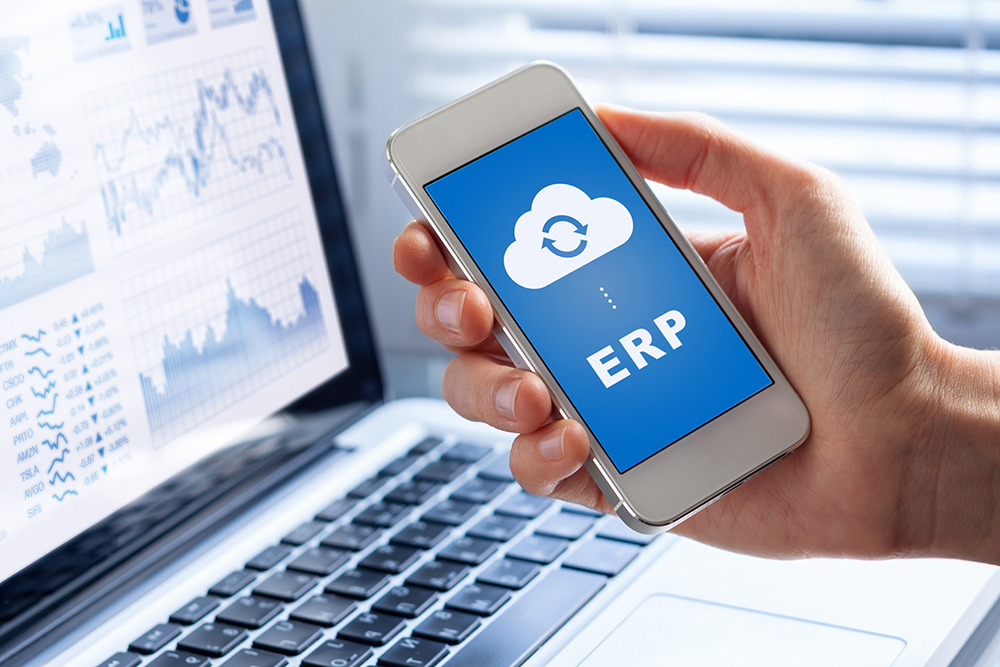Opinion piece by Chris Willemse, CEO of DAC Systems.
Worldwide revenue in cloud enterprise resource planning (ERP) software is expected to top US$28 billion in 2022 (up from an estimated US$17.6 billion in 2016).
This reflects the declining of initial concerns around the merits of migrating such mission-critical systems to cloud based Software as a Service (SaaS) solutions.
Fundamental to this shift are the significant cost benefits to be derived from a cloud-based ERP system. Not only does it free up internal resources (think allocating IT staff to more strategic projects), but it also requires minimal hardware to run optimally. Being less reliant on a multitude of on-premise servers have the additional advantage of reduced office real estate and utility costs. This contributes to a more streamlined disaster recovery strategy – one that is less dependant on tape backups and other traditional methods.
Furthermore, organisations who are migrating their ERP environment to the cloud, will add a level of data availability and analysis they did not previously enjoy. So, not only will data be accessible from any supported device wherever there is Internet connectivity, the cloud environment also supports innovations such as Machine Learning and Artificial Intelligence. This provides decision-makers with a level of business intelligence (BI) not previously possible.
Moving with the times
The shift to a cloud environment provides the perfect opportunity to review and optimise existing business processes. In instances where the solution is being provided by enterprise-level industry leading vendors, they generally encapsulate multiple industry-specific best practices. As such, this is a good opportunity to assess legacy approaches and see how they can be updated to be more reflective of the requirements of digitally governed and enabled businesses.
Driving the impetus behind the move is the potential created by the imminent arrival of two Microsoft data centres in South Africa. Given the complexities of the regulatory environment especially when it comes to the location of storing personal customer data, the locally-based data centres will assist organisations address any concerns around data sovereignty.
As the launch of these data centres move closer, businesses will increasingly pay attention to their cloud investment. Moreover, the cloud (as it relates to ERP and other business-critical tools) will become an acceptable business methodology within the next few months.
Being able to derive business returns from their cloud investment, decision-makers will reach a situation where it becomes part of standard operating procedures. It might not even be a case of cloud-based ERP or not. Instead, all ERP could start in the cloud and be tailored to specific organisational requirements. Of course, to truly enable this the business must be willing to embrace change and examine how it moves to the cloud across all facets of operations. Once done, the future opportunities are virtually limitless.


